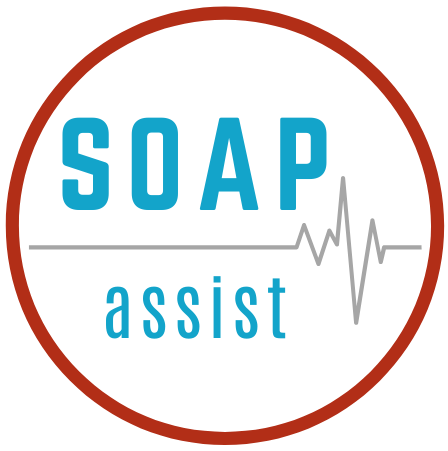Workflow is like a template. If you take the time up front to ensure an efficient mode of operation, you’ll reap the benefits long-term. Refining your workflow to maximize efficiency and prepare for unseen circumstances will make you a better provider. In this article, we will discuss some components that factor into refining your workflow as well as some helpful tips to speed up your process.
Redundancy is perhaps the most significant inefficiency. Tasks that we do multiple times to achieve the same outcome should be eliminated. We can all think of circumstances, things that we do everyday that are redundant. Many redundancies occur across an entire clinic, operating room or ward. We will discuss a few of these common redundancies and how to reduce them.
It is common for various clinic staff to perform the same task, even on the same patient. By the time the patient sees the provider, they might say “well I kind of already discussed this with your screener”. This means the patient’s first encounter with the medical staff involved asking questions or discussing items that were to be discussed with the provider anyway. The result is a delay in the patient seeing the provider. The fix is very well-defined tasks. There should be sharp lines in terms of division of labor. This prevents overlap. An additional caution is that avoiding overlap shouldn’t mean gaps in care or coverage. Well-defined tasks mean that the important things get done, just not twice.
Common areas of redundancy include medication reconciliation. This is a very important task. However, it is also very simple. Many people seeing the patient can perform a medication conciliation. The important thing is that only one person does it.
In the clinic setting, a screener often solicits the reason for the visit. This is then presented to the provider. These conversations can be quite detailed. While this is a more nuanced task, it is usually beneficial for the screener only to solicit a to-do list. That is, list out each item that is to be addressed that day. Going into detail about each item will be done by the provider anyway. The screener should not solicit excessive details from the patient. Again, this is a more nuanced task because many patient’s problems overlap. This can easily result in a discussion that should wait for the provider. However, an experienced screener can perform this very efficiently despite any formal medical education.
There are some tasks that can be eliminated entirely. Using an online medical template can help eliminate tasks such as thinking about differential diagnoses, looking up medications dosages and reviewing guidelines. Expertly crafted templates can eliminate these tasks entirely. Some skill is required to make them both broadly applicable and also specific enough to the particular situation. However, if a template has all the pertinent information to make a clinical decision, then it has done its job. Simply include the questions, tests and treatments necessary to evaluate for a particular complaint and your template has eliminated a significant amount of complex work.
Waste can also occur by trying to give too much information at once. Describing to a patient the complex physiology behind the renin-angiotensin-aldosterone system in a twenty minute appointment will inevitably result in wasted time. That is, when you ask a patient to drink from a fire hose, some water will inevitably fall on the ground. This can be fixed by explaining simple concepts and giving handouts with more complex information that the patient can read on their own time and at their own pace. Such patient information can be included in an online medical template. Simply summon the appropriate template and use it for both SOAP note documentation and patient education.
Disclaimer: SOAPassist curated templates are created for use by licensed medical providers. While they are examples of what a provider might document, their intended purpose is to provide a starting point for documentation and do not constitute medical recommendations.

